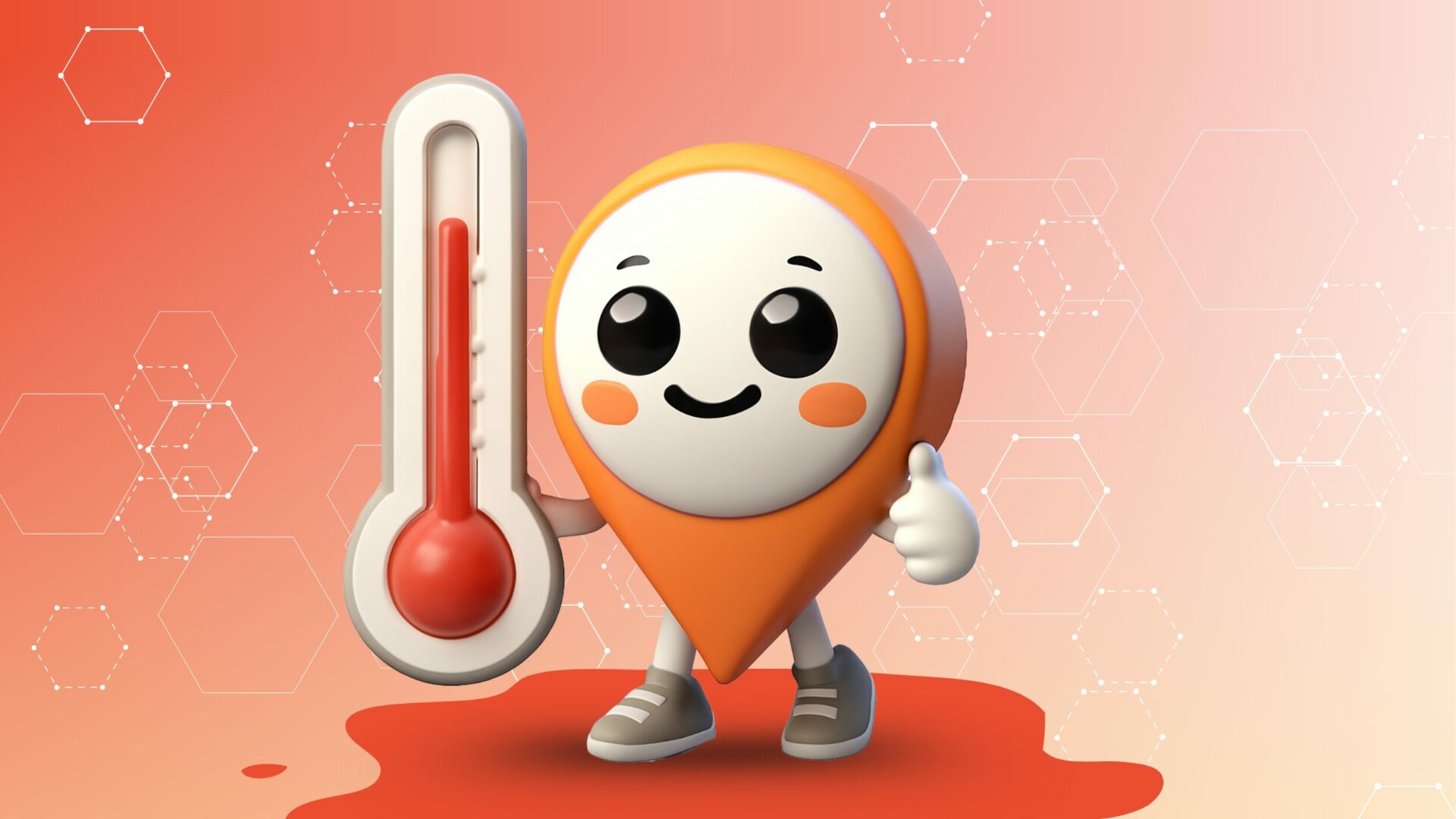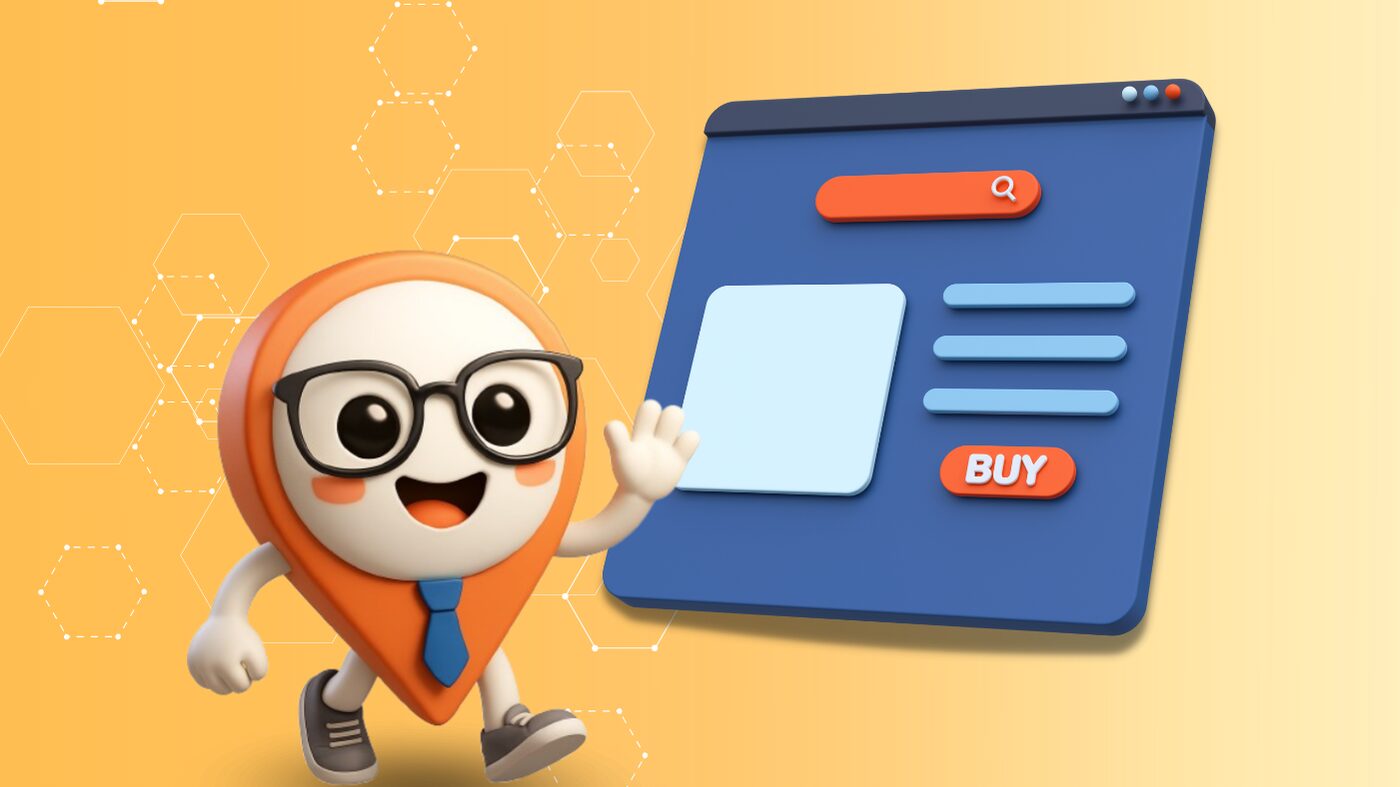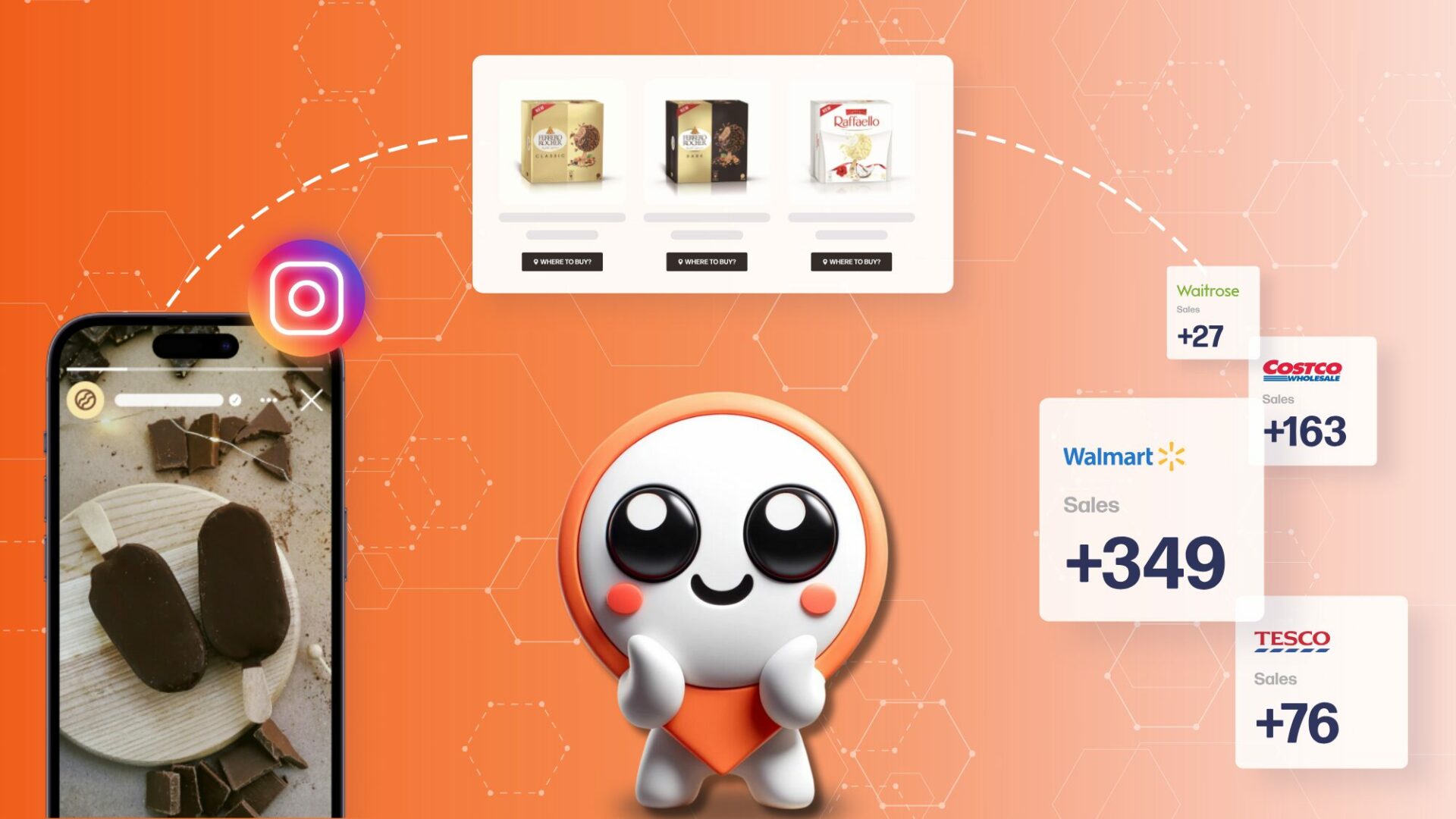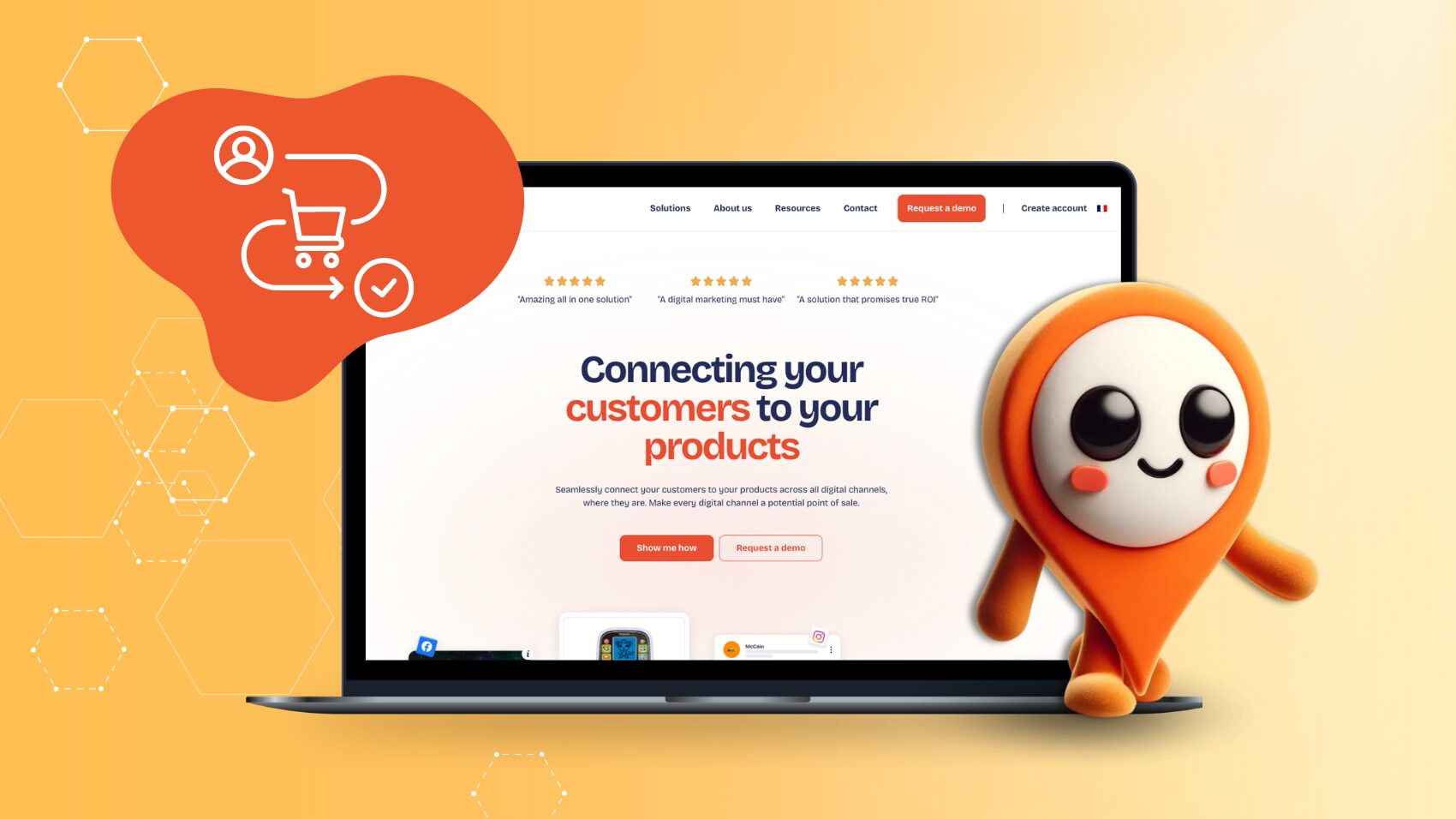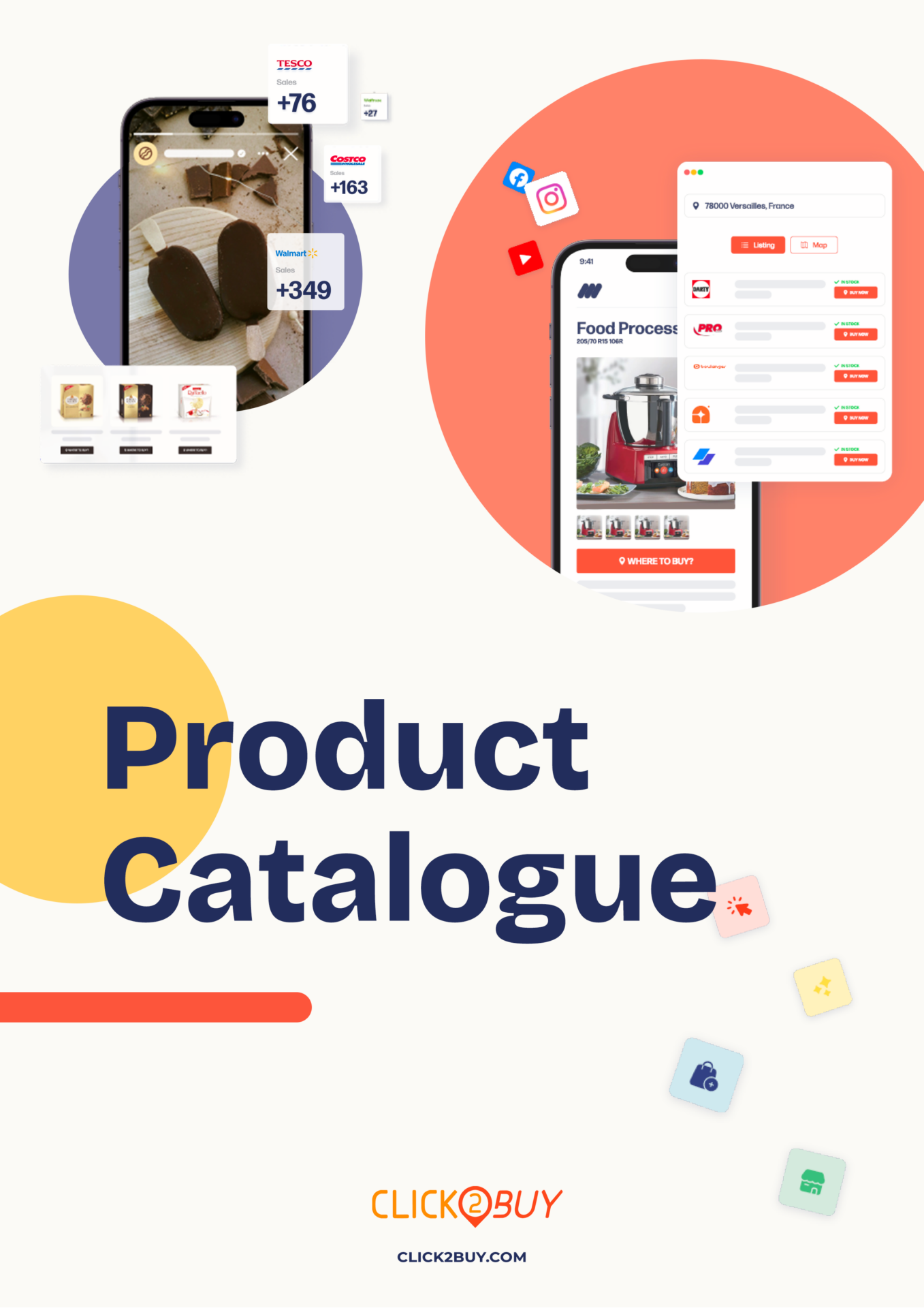All marketing strategies aim to generate leads but knowing how to handle them intelligently is essential. A prospect discovering your brand does not have the same expectations as someone ready to buy. Identifying whether it’s a cold, warm, or hot lead is the first step to adapting your message, prioritizing your sales efforts, and maximizing conversions.
In this article, we break down the three main categories of leads : hot, warm, and cold and explain how to qualify them effectively to maximize conversion potential. Goal: help you better direct your marketing and sales efforts to boost overall performance.
What Is Lead Generation and Why Is It Essential?
Lead generation encompasses all actions taken to attract the attention of potential prospects. It can rely on various levers such as SEO, sponsored campaigns, editorial content, or social media. But beyond acquisition, qualification and progression through the conversion funnel determine success.
A strong lead generation strategy captures qualified contacts, builds trust, and guides them toward a purchasing decision. That’s where segmenting into cold, warm, and hot leads becomes highly relevant.
What Is a Cold Lead and How Do You Turn Them into a Qualified Prospect?
What Is a Cold Lead?
A cold lead is a person or company that hasn’t yet shown direct interest in your product or service. These leads haven’t interacted with your content or responded to campaigns. They’re often from a cold database or initial contacts who haven’t been approached in a relevant way.
The Value of a Cold Lead
Cold leads have a low probability of short term conversion since they haven’t yet expressed concrete interest. However, they offer long-term potential if you implement an effective nurturing strategy to guide them through the conversion funnel. Lead nurturing feeding prospects with relevant and tailored content throughout the funnel is key to unlocking this potential.
How to Qualify a Cold Lead
To move a cold lead closer to becoming a warmer prospect, implement nurturing actions such as:
- Sending personalized emails
- Launching content campaigns (articles, webinars)
- Using lead magnets to attract attention (free guide)
The goal is to spark initial interest and move them into the next lead generation phase.
How to Identify a Warm Lead and Why It Matters
What Is a Warm Lead?
A warm lead is someone who has already shown some interest in your offer. This could be via a newsletter signup, content download, or initial contact with your sales team. They’re aware of your brand but haven’t taken concrete purchase action yet.
The Value of a Warm Lead
Warm leads are more likely to convert than cold leads. Their value lies in having shown interest in your product or service and usually require more personalized follow-up. They’re in the consideration phase and need help progressing toward a decision.
How to Turn a Warm Lead into a Hot Lead
To move a warm lead to hot, provide relevant and tailored information:
- Webinars or product demos to deepen their understanding
- Special offers or limited-time discounts to spark urgency
- Case studies and customer testimonials to build credibility
The goal is to build trust and encourage decisive action.
How to Convert a Hot Lead into a Customer Quickly
What Is a Hot Lead?
A hot lead is a highly qualified prospect who has shown strong interest in your product or service and is close to making a buying decision. These leads are typically very responsive and engaged.
The Value of a Hot Lead
Hot leads are top priority for sales teams. Their value is high, they’re in the decision phase and have expressed strong interest. The goal is to convert them quickly to maximize sales.
How to Convert a Hot Lead?
To close a hot lead, you must:
- Offer personalized support via sales calls or consultations
- Provide clear and compelling business proposals
- Include an effective CTA, like a special price or limited-time offer
Speed and proactivity are key to addressing concerns and closing the sale.
How to Evaluate Lead Quality?
To optimize marketing and sales efforts, implementing a lead scoring system is crucial. This involves assigning a score to each lead based on their engagement level and stage in the buying journey. A lead who is highly active on your site, downloaded several resources, and requested a quote will naturally score higher.
Scoring criteria can include content interaction frequency, email responsiveness, and the type of pages visited. Integrating this system with your CRM allows you to automate actions: for example, triggering an email sequence for warm leads or a sales call for hot ones. This helps you tailor your nurturing to each profile and increase sales efficiency.
How to Set Up a Lead Scoring Strategy?
Start by mapping out your buying cycle. The goal is to associate each prospect action or consumed content with one of three key buying stages:
Awareness: the prospect becomes aware of a need or issue.
Examples:
- Reading a blog article
- Subscribing to a newsletter
- Clicking a marketing email
Evaluation: the prospect compares solutions.
Examples:
- Attending a webinar
- Downloading a guide or template
- Viewing a product page
Decision: the prospect is ready to act.
Examples:
- Requesting a demo or quote
- Visiting pricing pages
- Downloading a case study
You can then assign scores to each action based on its intent:
- Awareness stage → +5 points
- Evaluation stage → +10 points
- Decision stage → +20 points
This lets you group leads by advancement level:
- 0–10 points → Awareness, engage with content
- 10–20 points → Evaluation, closely monitor
- 20+ points → Hot leads, send to sales team
Example: A lead downloads two awareness-stage resources → 2 x 5 = 10 points. They now move to Evaluation and can be entered into the CRM for follow-up.
Pro tip: Don’t score everything. Start with the most engaging actions (downloads, signups, contact requests), then refine over time based on your highest-converting lead behaviors.
Why Implement a Lead Scoring System?
Lead scoring isn’t a luxury for large enterprises, it’s a concrete tool for prioritizing leads, aligning teams, and increasing efficiency. Assigning a score based on engagement (pages viewed, forms filled, webinar attendance…) helps identify MQLs Marketing Qualified Leads ready for the sales team. Scoring focuses your efforts on hot prospects and automates follow-ups for others. The result? Time savings, shorter sales cycles, and higher ROI. You send the right message, at the right time, to the right person and boost your chances of converting.
Leads and Click2Buy
With Click2Buy, brands access precise purchase behavior data directly from their digital ecosystem. A click on the widget, a reseller page view, or a completed purchase—all are intent signals that help refine lead qualification.
Two concrete examples:
- A user who clicks a Click2Buy widget but takes no further action = cold lead. They showed interest but no real engagement.
- A user who completes a purchase after using the widget = hot lead. They know the brand and validated their experience through a partner channel.
This data can be directly integrated into your CRM or marketing automation tools to enhance your lead scoring strategy and deliver more qualified leads to sales or retailers.
With Click2Buy, brands generate not only qualified traffic to retailers but also high-intent leads ready to convert. It’s a direct bridge between inspiration and purchase, optimized for performance.
key points
Segmenting leads into cold, warm, and hot allows for a more targeted and effective approach. Each type of lead follows a different logic and requires tailored content and actions. By combining nurturing, lead scoring, and strategic CTAs, you can convert more prospects into customers while optimizing your time and resources.
Looking to go further in qualified lead generation? Click2Buy can help you score leads more effectively by identifying the right purchase intent signals at the right time, on the right channel.
Contact our team for a demo or a tailored audit.
FAQ – Lead Generation, Scoring & Conversion
What’s the difference between cold, warm, and hot leads?
Cold = unaware of your brand. Warm = shows early interest. Hot = ready to buy.
How do you qualify a lead?
By analyzing behavior (clicks, downloads, forms) and using lead scoring.
What is lead scoring?
A method of rating leads based on engagement to identify those closest to purchase.
How do you generate qualified leads?
Combine SEO, digital ads, valuable content, and strong CTAs on effective landing pages.
What is lead nurturing?
A strategy that evolves prospects (often cold or warm) toward a sale using personalized and regular content.
Why segment leads?
To send the right message at the right time based on their maturity level and boost conversions.
What’s the role of a CRM?
Centralize data, track interactions, and automate nurturing and scoring.
How do you measure the effectiveness of a lead generation strategy?
Track KPIs like cost per lead, conversion rate, number of qualified leads, and overall ROI.

